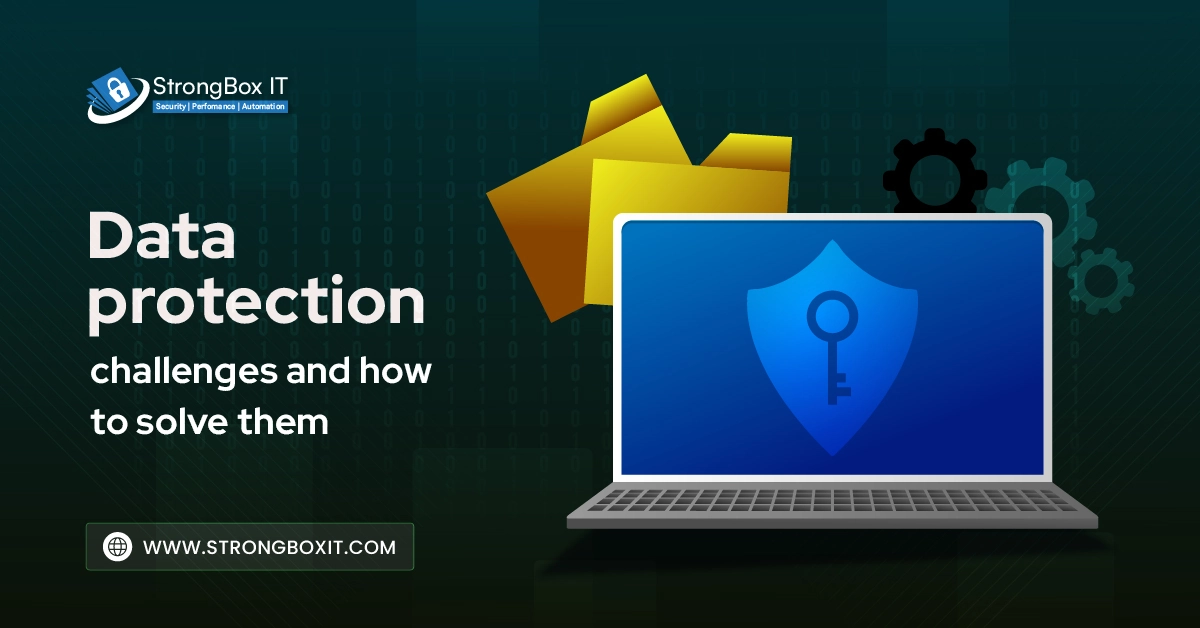
Industries are increasingly reliant on Operational Technology (OT) to control physical processes and machinery. From manufacturing plants and energy grids to water treatment facilities and transportation systems, OT is central to critical infrastructure operations. However, as these systems become interconnected with IT networks, they also become vulnerable to cyber threats. The importance of cybersecurity for OT environments has never been more urgent. This blog explores what OT is, why OT cybersecurity matters, the unique threats Operational Technology (OT) systems face, and how organizations can effectively safeguard them.
What is Operational Technology (OT)?
Operational Technology (OT) refers to the hardware and software systems that monitor and control industrial equipment, processes, and infrastructure. Unlike traditional Information Technology (IT) that handles data-centric computing, OT systems are designed to ensure the availability, reliability, and safety of physical processes.
Examples of OT include:
- Supervisory Control and Data Acquisition (SCADA) systems
- Programmable Control Systems (PLCs)
- Industrial Control Systems (ICS)
- Building management systems
- Distributed control systems (DCS)
OT plays a pivotal role in industries such as manufacturing, oil and gas, utilities, and transportation, where downtime can result in massive losses and even threaten public safety.
The Convergence of IT and OT
Historically, IT and OT systems operated in separate environments. However, the advent of Industry 4.0, IoT, and smart automation has driven the convergence of IT and OT. While this convergence brings operational efficiency, data analytics, and remote access, it also opens the door to cybersecurity risks.
Key impacts of IT-OT convergence:
Common Security Threats Facing OT Environments
Operational Technology environment face a variety of cyber threats that can disrupt critical infrastructure and operations:
Why OT Cybersecurity is Crucial for Your Operational Technology Environment?
Operational Technology (OT) systems control the physical processes that keep industries running—power grids, manufacturing lines, water treatment facilities, and more. A cyberattack on these systems can cause massive operational disruptions, halting production or disabling critical infrastructure. In sectors where uptime is critical, even a few hours of downtime can result in significant financial loss, missed service-level agreements, and long-term damage to customer trust. Ensuring robust cybersecurity in OT environments is essential to maintain business continuity and operational efficiency.
Beyond financial implications, OT cybersecurity is directly tied to human safety and environmental risk. Industrial systems often manage dangerous machinery or sensitive processes where malfunctions can result in injuries, fatalities, or environmental hazards. A cyberattack that manipulates these systems—such as altering temperature controls, pressure valves, or chemical doses—can have catastrophic consequences. Unlike traditional IT breaches, the real-world impact of OT attacks makes safety a top priority in cybersecurity planning.
Finally, regulatory compliance and reputational integrity also hinge on strong OT cybersecurity. Governments and industry bodies have introduced stringent guidelines (like NIST, ISA/IEC 62443, and NERC CIP) requiring organizations to protect their OT infrastructure. Failing to comply can result in fines, legal consequences, and a damaged reputation. In a landscape where cyber threats are becoming more sophisticated and frequent, investing in OT cybersecurity isn’t just about protecting systems—it’s about safeguarding lives, communities, and the future of the business.

Core Principles of OT Cybersecurity
The foundational principles of OT cybersecurity revolve around ensuring the availability, integrity, and safety of industrial operations. Key principles include:
Separating IT and OT networks to limit attack spread.
Restricting access to only what is necessary for users to perform their roles.
Real-time visibility into network activity and anomalies.
Regular updates to systems and software to mitigate known vulnerabilities.
Having a structured response and recovery plan in case of a security breach.
Ensuring all personnel understand the importance of cybersecurity and follow best practices.
How To Strengthen OT Cybersecurity For Your OT Environment
The key strategies to strengthen the cybersecurity posture of your Operational Technology (OT) environment:
- Conduct Comprehensive Risk Assessments
Identify assets, evaluate vulnerabilities, and assess potential threats specific to your OT infrastructure.
- Segment IT and OT Networks
Isolate OT systems from corporate IT networks using firewalls, VLANs, and demilitarized zones (DMZs) to reduce lateral movement.
- Implement Strict Access Controls
Enforce role-based access and the principle of least privilege to limit user access only to necessary systems.
- Use Multi-Factor Authentication (MFA)
Secure remote and local access to critical OT systems with MFA to prevent unauthorized entry.
- Apply Security Patches and Updates
Regularly update firmware and software in OT systems after proper testing to fix known vulnerabilities.
- Deploy Intrusion Detection and Prevention Systems (IDS/IPS)
Monitor OT network traffic to detect and block suspicious activity in real time.
- Secure Remote Access Channels
Use encrypted VPNs, session logging, and endpoint protection for all remote OT access points.
- Backup Critical Systems and Data
Maintain regular, secure backups of essential OT configurations and data to ensure quick recovery after a breach.
- Establish an Incident Response Plan
Create and routinely test a response plan tailored to OT environments for rapid containment and recovery during cyber incidents.
- Train OT Personnel on Cyber Hygiene
Conduct regular cybersecurity awareness sessions for engineers, operators, and third-party contractors.
- Monitor OT Systems Continuously
Use centralized monitoring tools to gain real-time visibility into OT assets and detect anomalies promptly.
- Engage OT Cybersecurity Experts
Partner with specialized cybersecurity providers for audits, penetration testing, and compliance support tailored to OT.
Securing the Future: Why OT Cybersecurity Can’t Be an Afterthought
As digital transformation drives the convergence of IT and OT, the cyber threat landscape expands, exposing OT environments to increasingly sophisticated attacks. These threats not only disrupt operations but also endanger human lives, impact public safety, and damage organizational reputation. From isolating OT networks and enforcing strict access controls to continuous monitoring and workforce training, protecting your OT infrastructure requires a proactive, layered defense strategy. Organizations must remain vigilant and adaptive to evolving threats, ensuring that their security measures align with both operational goals and regulatory standards.
At StrongBox IT, we specialize in safeguarding industrial environments with tailored OT cybersecurity solutions. Our expertise spans risk assessments, network segmentation, incident response planning, and compliance-driven security implementation.
If you’re looking to fortify your OT infrastructure against cyber threats, partner with StrongBox IT—your trusted cybersecurity ally for protecting critical operations. Reach out today to get started on building a resilient, secure OT ecosystem.






